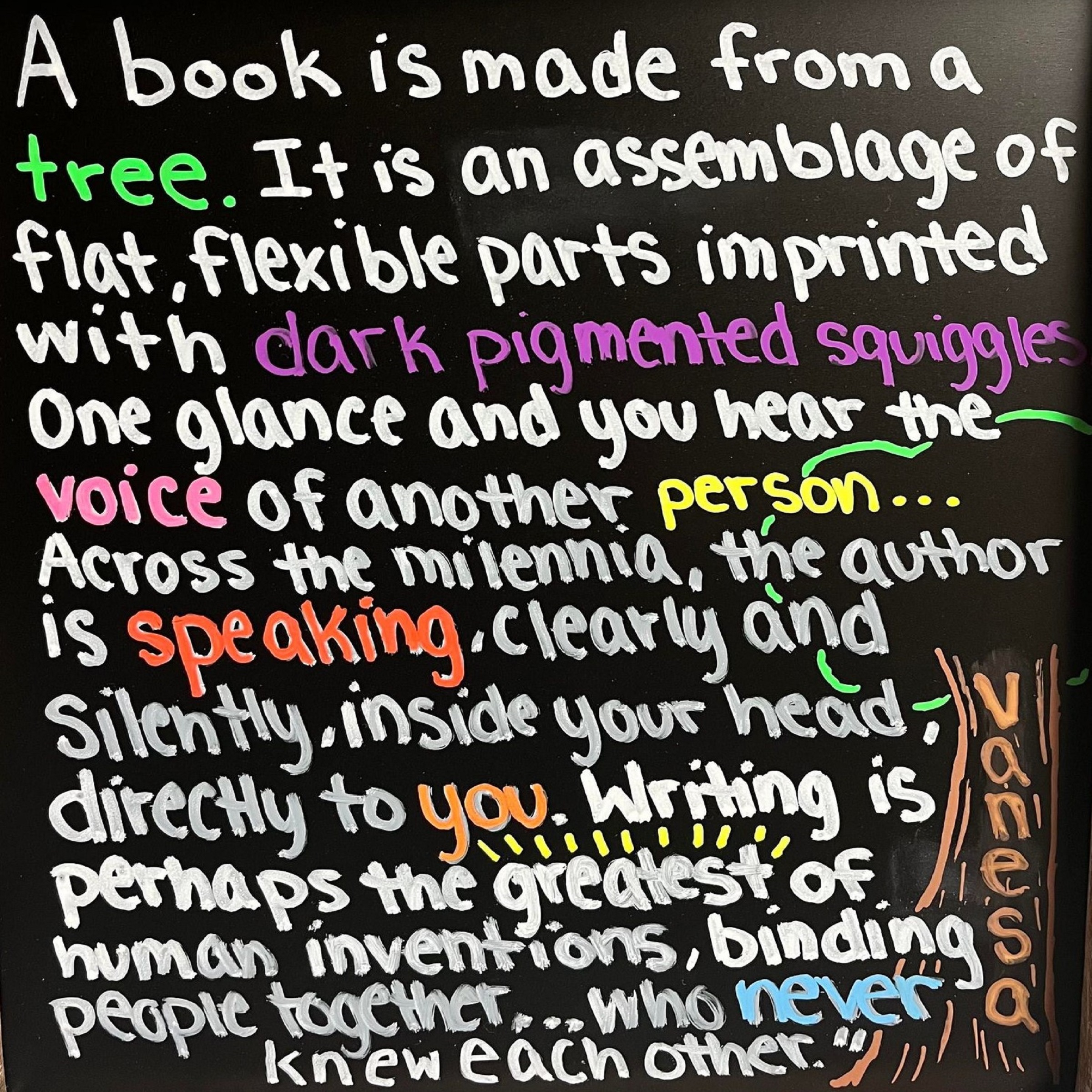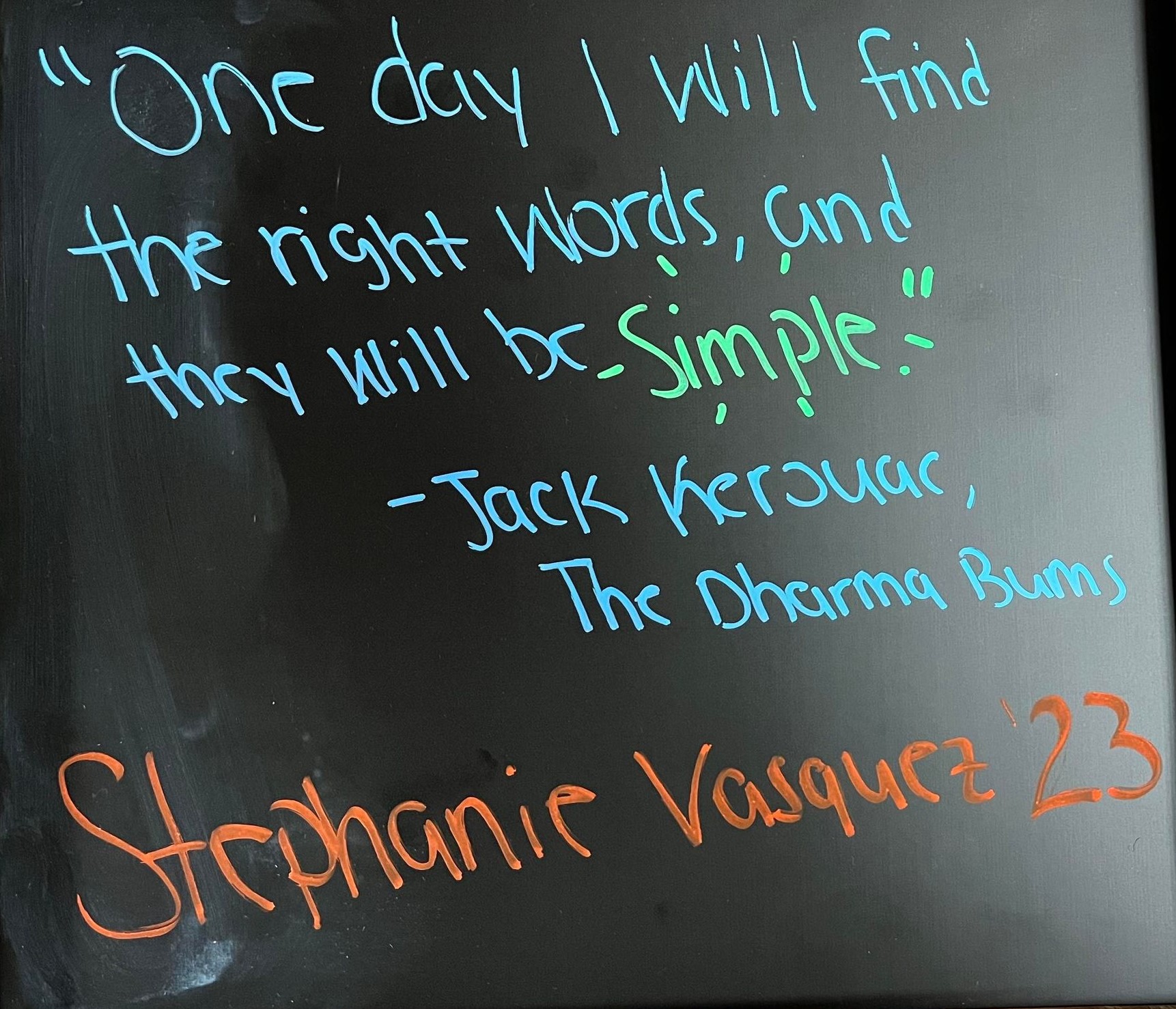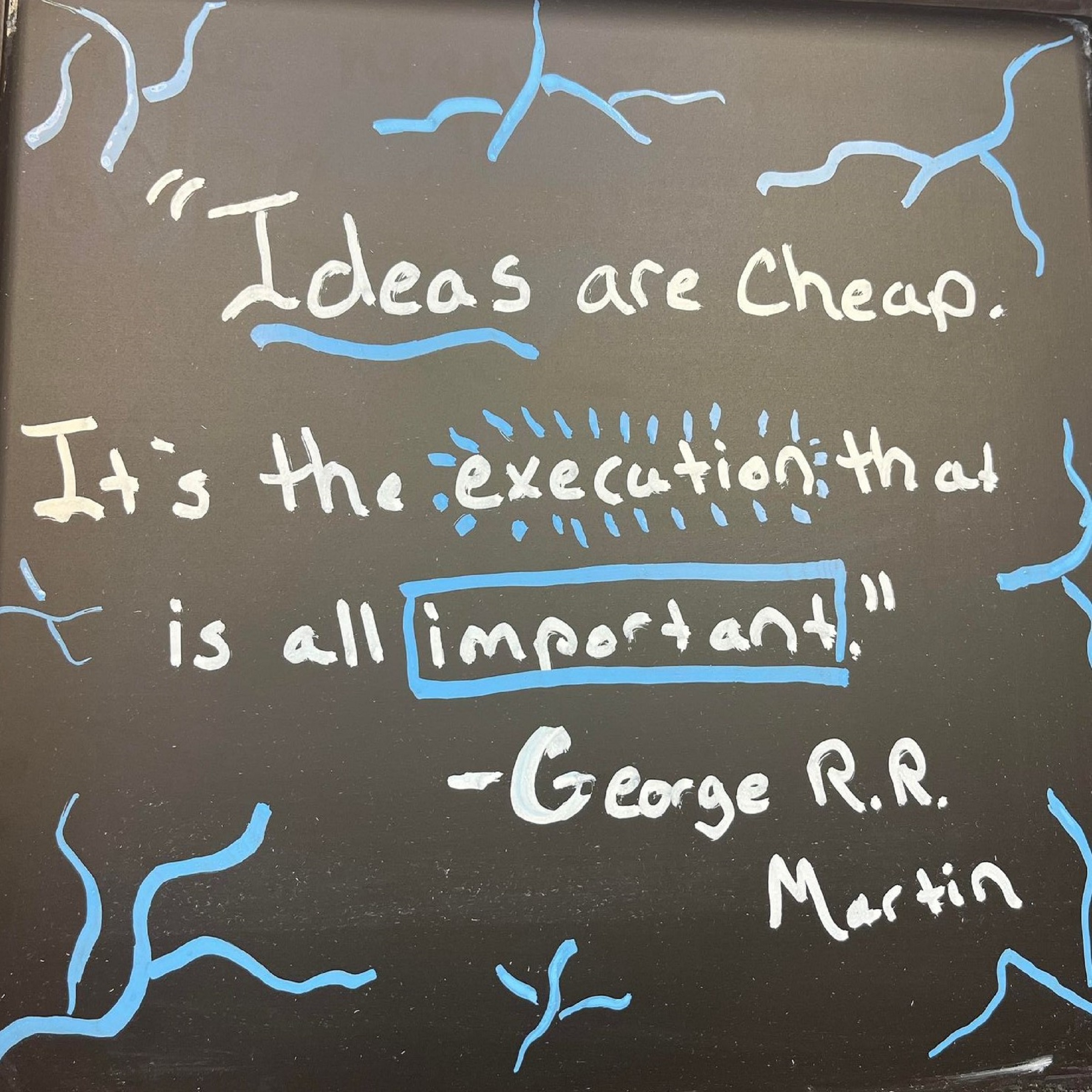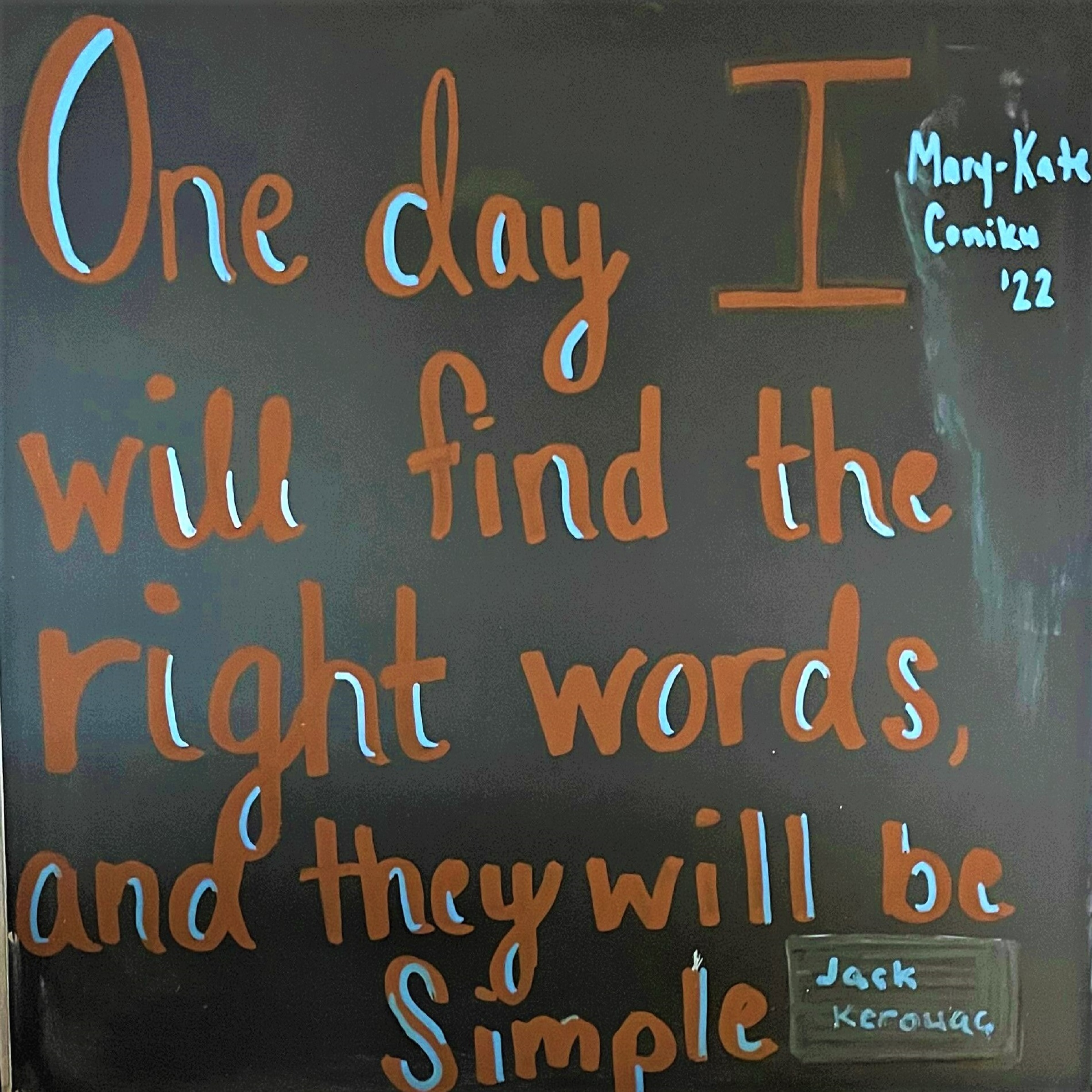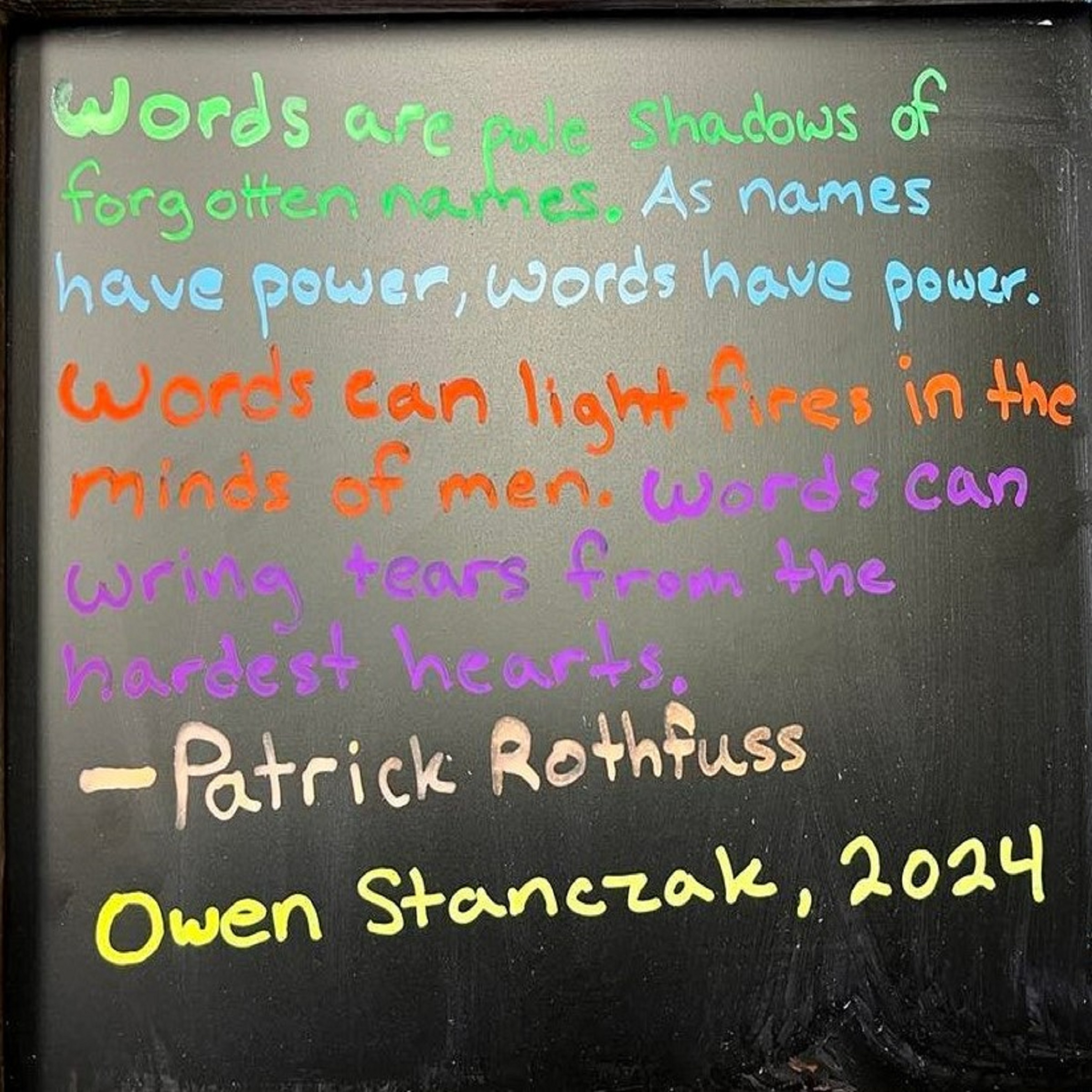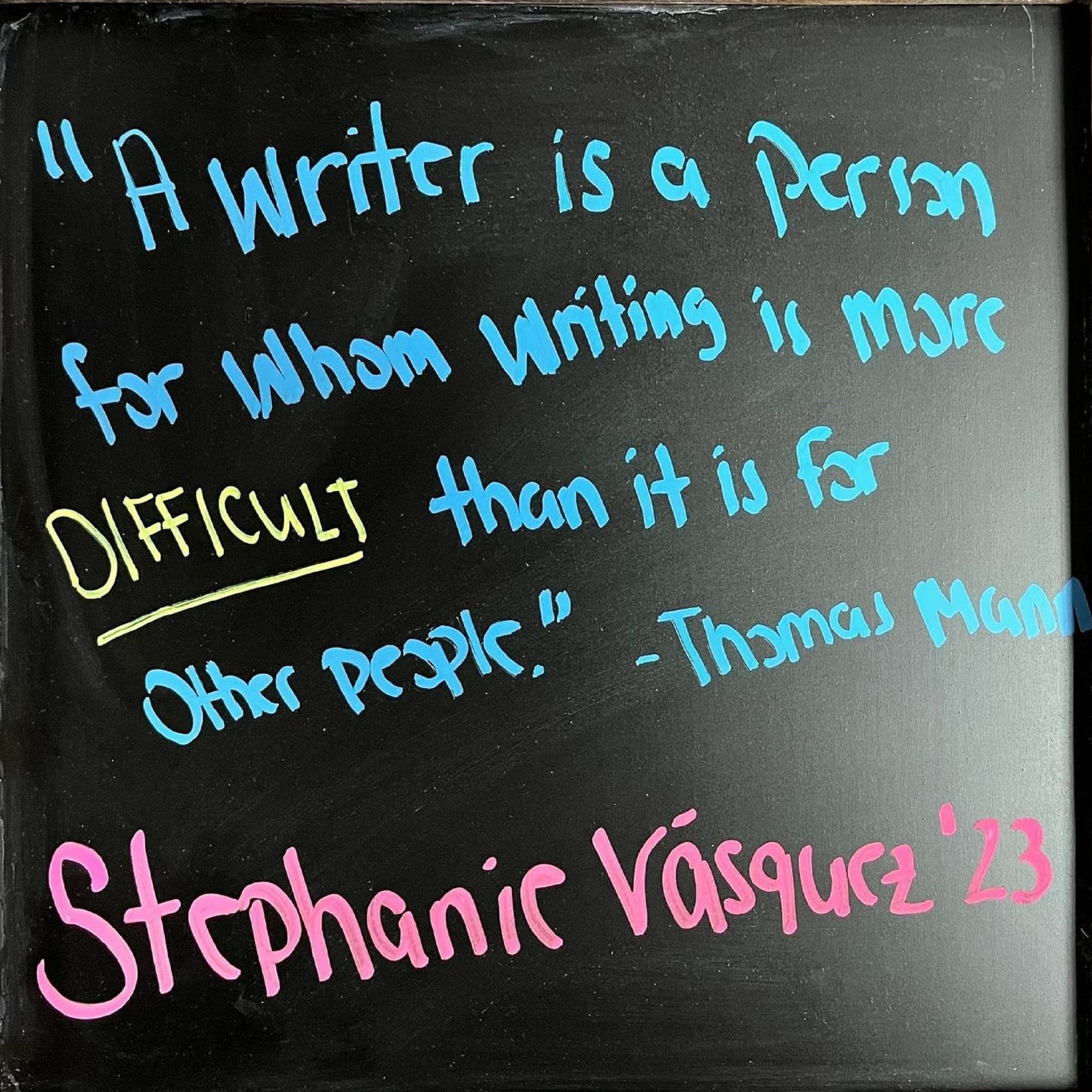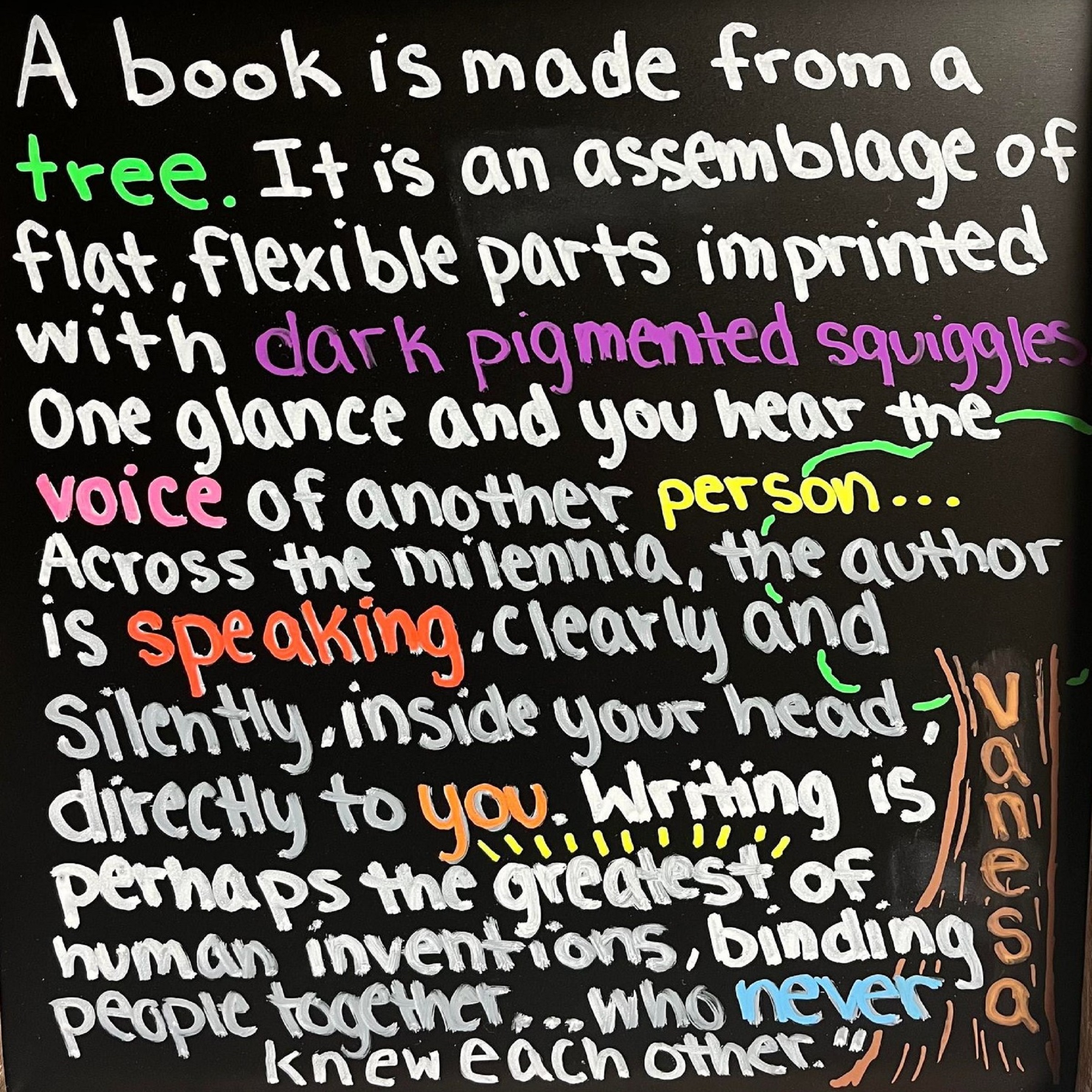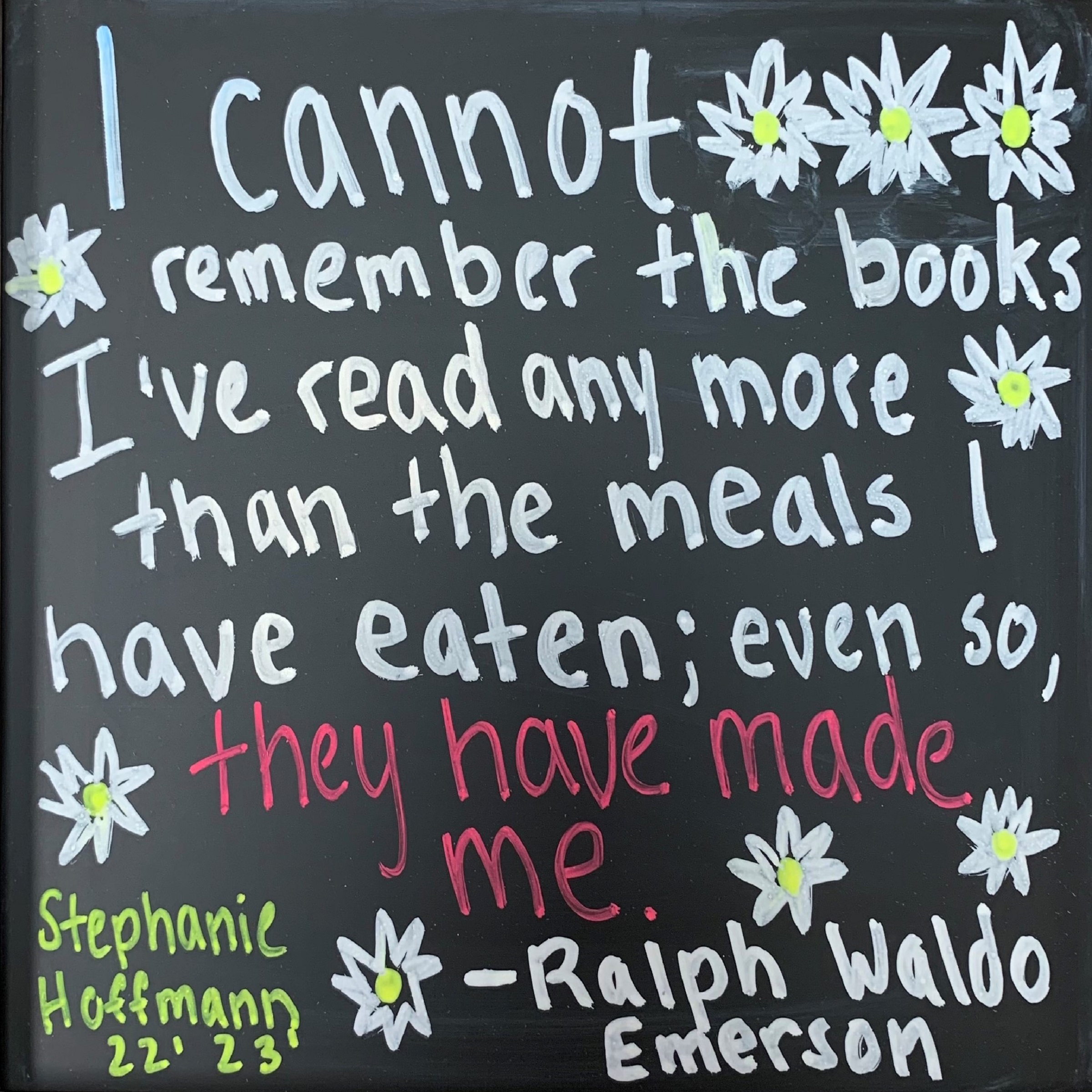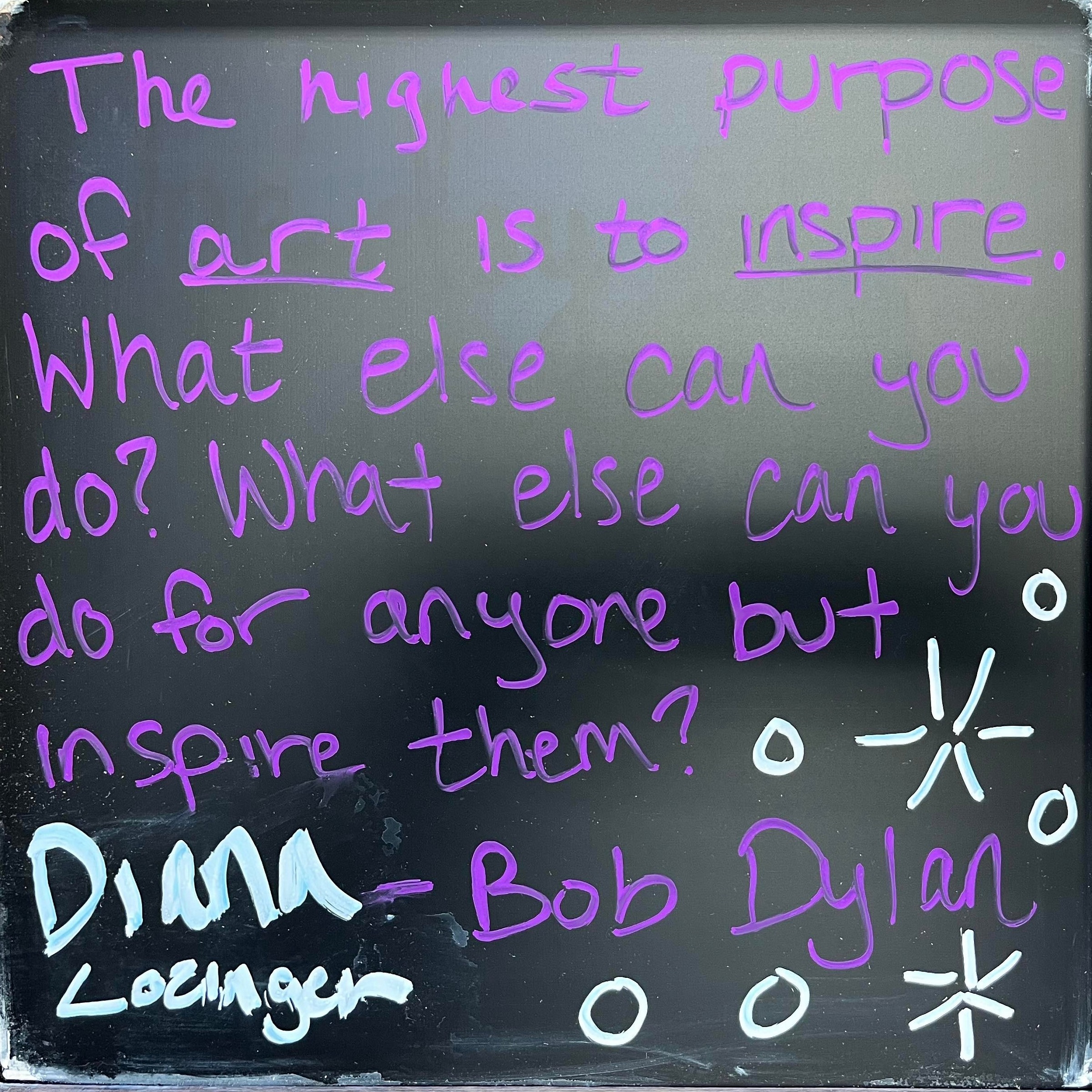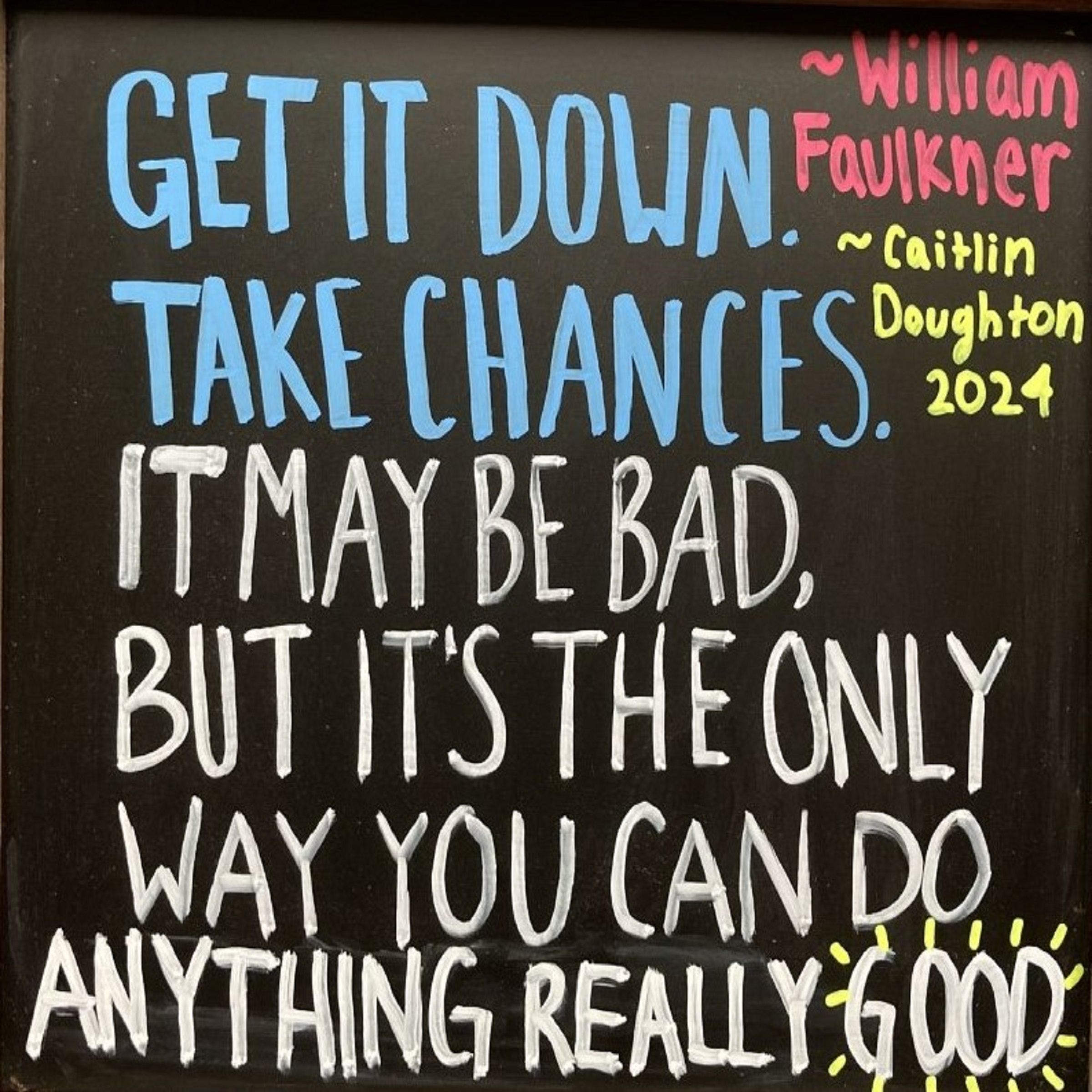by: Eamonn X. Wizeman
As writers we face many struggles. Every time we start typing, we may start asking questions like: How do I say what I mean? What adjective best describes an object? Is this argument strong enough? Does my analysis make sense? These questions sneak up on everyone, and you’re not alone when you ask them. We’d all prefer that we could just write without these problems facing us at every turn, and while we cannot completely avoid them, the remedy to writer’s block often comes before we even start to think about what we write.
Reading is a vital skill for everyone, a fact that people often forget. We cannot write without the ability to understand what we are writing about. However, this comes with its own problems. As one’s academic career progresses it may be common to find journal articles or textbooks with confusing language. Perhaps it is too wordy or there are words that you do not yet know. Whatever the problem may be, there are tools to help.
One of these tools is a website called Rewordify. Rewordify allows you to copy and paste a paragraph that you are having trouble comprehending and will break down words that are difficult to understand. For example, a sentence that uses the word “defamation” will be replaced with the phrase “saying lies that hurt someone else’s reputation.” This defines what defamation is but does so in a manner that fits it into the text. By breaking down bigger words, Rewordify can help a reader understand lengthy articles about topics that have a lot of vocabulary that they are not familiar with. Further, Rewordify will generate vocabulary quizzes for students looking to expand their horizons. This can help students improve their lexicon, which in turn improves their writing.
A tool like this can be useful for people, such as myself, who often find themselves re-reading the same paragraph several times. Reading comprehension is the first step in writing and is an integral part to the formation of ideas on any topic. If you cannot understand what an article, book, or study is about, Rewordify is a mechanism that can help you comprehend confusing text, which is a skill that is vital to pristine writing.
Check it out: Rewordify


